Home>diy>Planning & Engineering>What Are Two Civil Engineering Projects Reconstructed During The Ming Dynasty?
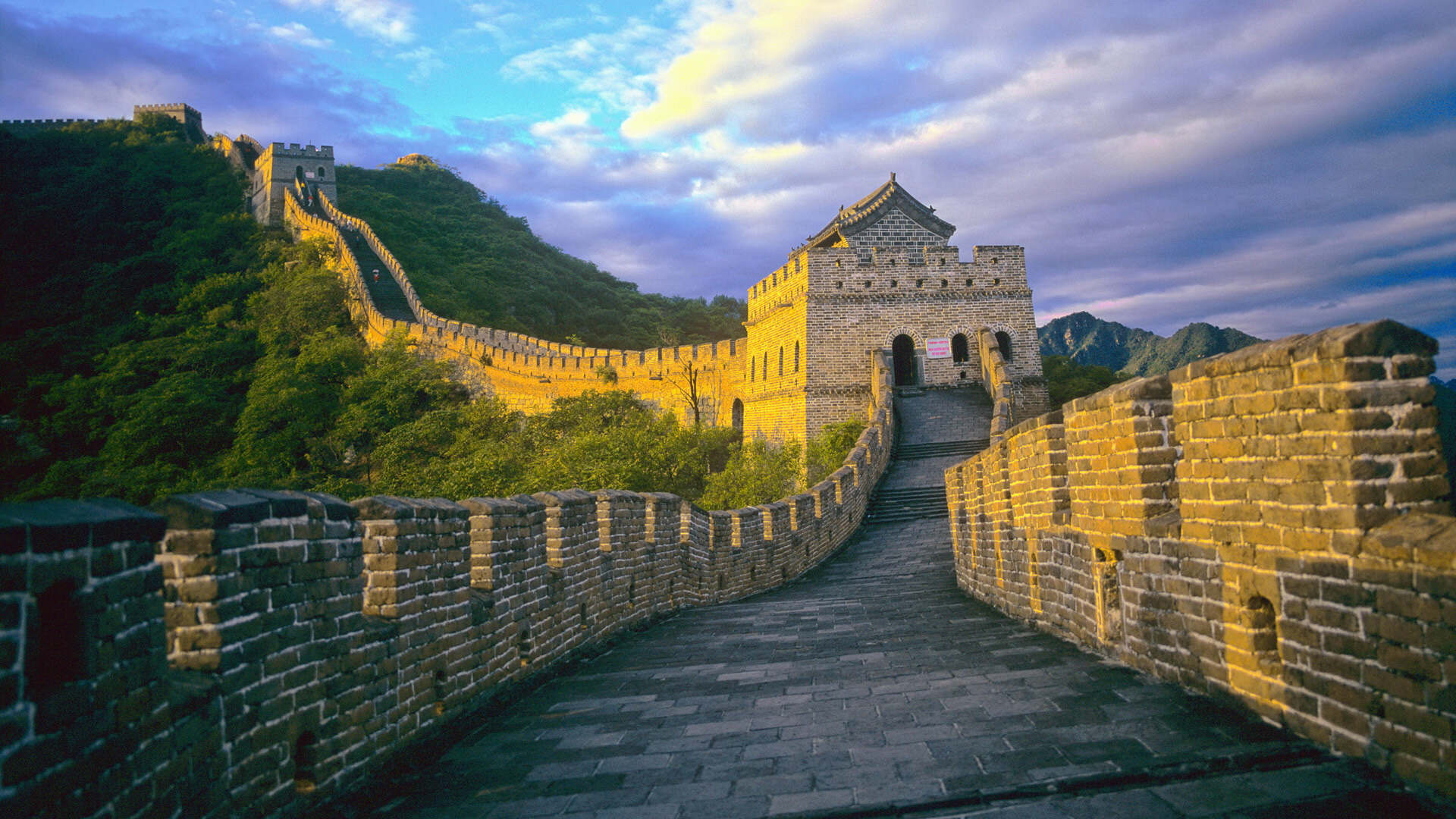

Planning & Engineering
What Are Two Civil Engineering Projects Reconstructed During The Ming Dynasty?
Modified: January 4, 2024
Discover two fascinating civil engineering projects reconstructed during the Ming Dynasty with a focus on planning and engineering. Dive into the rich history of ancient infrastructure.
(Many of the links in this article redirect to a specific reviewed product. Your purchase of these products through affiliate links helps to generate commission for Storables.com, at no extra cost. Learn more)
Introduction
The Ming Dynasty, which ruled over China from 1368 to 1644, was a golden era for engineering projects and infrastructure development. During this period, the Ming emperors undertook numerous ambitious reconstruction projects that left a lasting impact on Chinese civilization. Two notable civil engineering projects reconstructed during the Ming Dynasty were the Grand Canal and the Great Wall.
In this article, we will explore the history and significance of these two remarkable achievements of Ming-era engineering. We will delve into the challenges faced by the Ming Dynasty and the innovative engineering techniques employed to successfully reconstruct these monumental structures. Let’s embark on a journey back in time and uncover the fascinating stories behind the reconstruction of the Grand Canal and the Great Wall.
Key Takeaways:
- The Ming Dynasty’s reconstruction of the Grand Canal revolutionized trade and cultural exchange, showcasing innovative engineering techniques to manage water flow and prevent flooding, leaving a lasting impact on Chinese civilization.
- The restoration of the Great Wall during the Ming Dynasty fortified China’s defense and demonstrated architectural brilliance, preserving ancient history and symbolizing China’s resilience and strength.
Read more: What Is A Civil Engineering Technician
The Grand Canal Reconstruction
The Grand Canal, known in Chinese as the Beijing-Hangzhou Grand Canal, is the longest and oldest artificial waterway in the world. A monumental feat of engineering that spans over 1,100 miles, it connects Beijing in the north with Hangzhou in the south, passing through numerous cities and provinces. Originally constructed during the Sui Dynasty (581-618), the Ming Dynasty initiated a significant reconstruction project to restore and expand the canal.
The reconstruction of the Grand Canal during the Ming Dynasty was a massive undertaking that aimed to improve transportation and facilitate trade between the northern and southern regions of China. It involved dredging and widening the waterway, constructing locks and sluices, and building bridges and embankments along the canal’s route.
One of the key challenges faced during the reconstruction was managing the water flow and preventing flooding. The Ming engineers devised innovative solutions by constructing dams and levees to regulate water levels and protect surrounding areas from inundation. They also implemented a system of gates and water control structures to manage the flow of water and ensure smooth navigation along the canal.
The reconstruction of the Grand Canal not only facilitated transportation and trade but also played a vital role in the cultural and economic development of the regions it passed through. It fostered the exchange of goods, ideas, and cultures, contributing to the flourishing of arts, literature, and commerce along its route.
Today, the Grand Canal remains a vital waterway, showcasing the remarkable engineering and ingenuity of the Ming Dynasty. It has been recognized as a UNESCO World Heritage Site and continues to be a significant symbol of China’s rich history and engineering prowess.
The two major civil engineering projects reconstructed during the Ming Dynasty were the Great Wall of China and the Grand Canal. These projects were essential for defense and transportation, showcasing the engineering prowess of the Ming Dynasty.
The Great Wall Restoration
The Great Wall of China, one of the most iconic structures in human history, extends over 13,000 miles across the northern borders of China. Originally constructed during the Qin Dynasty (221-206 BC), the Great Wall underwent extensive restoration and expansion during the Ming Dynasty.
During the Ming Dynasty, the Great Wall served as a vital defense structure to protect China from invasions by nomadic tribes from the north. However, due to natural erosion and the passage of time, sections of the Wall had deteriorated. Recognizing the importance of this architectural wonder, the Ming emperors initiated a massive restoration project to fortify and strengthen the Great Wall.
The restoration of the Great Wall posed significant engineering challenges. The Ming engineers had to examine the existing sections of the Wall, identify areas of weakness and damage, and devise strategies to repair and reinforce them. They utilized a combination of materials, including stone, brick, and compacted earth, to reconstruct damaged portions while preserving the original structure’s integrity.
The Ming engineers employed advanced techniques such as sloping walls, crenellations, and watchtowers to enhance the defensive capabilities of the Great Wall. They strategically positioned these features along the Wall to provide lookout points, communication centers, and defensive positions. These architectural innovations not only improved the wall’s effectiveness but also added to its majestic appearance.
Furthermore, the restoration of the Great Wall also involved the construction of reservoirs, wells, and military barracks to provide supplies and accommodation for the soldiers stationed along the Wall. These infrastructural elements were essential for the efficient defense and upkeep of the Great Wall.
The restoration of the Great Wall during the Ming Dynasty not only preserved ancient Chinese history but also showcased the engineering prowess and dedication of the Ming Dynasty. Today, the Great Wall is a UNESCO World Heritage Site and a symbol of China’s rich cultural heritage.
Conclusion
The Ming Dynasty left an indelible mark on Chinese engineering with the reconstruction of two remarkable civil engineering projects: the Grand Canal and the Great Wall. These monumental feats of engineering exemplify the ambition, innovation, and determination of the Ming Dynasty to reshape and protect their empire.
The reconstruction of the Grand Canal not only connected the northern and southern regions of China but also facilitated trade, transportation, and cultural exchange. The ingenious engineering techniques employed to manage water flow and prevent flooding showcased the mastery of the Ming engineers.
Similarly, the restoration of the Great Wall fortified China’s defense against invasions and demonstrated the strategic thinking and architectural brilliance of the Ming Dynasty. The meticulous repair and reinforcement of damaged sections, along with the incorporation of defensive features, made the Great Wall an awe-inspiring symbol of China’s resilience and strength.
Both the Grand Canal and the Great Wall remain enduring symbols of Chinese history and engineering excellence. The UNESCO World Heritage status bestowed upon them acknowledges their cultural and historical significance, attracting visitors from around the world.
The reconstruction of the Grand Canal and the restoration of the Great Wall during the Ming Dynasty are testaments to the ingenuity, resourcefulness, and dedication of the Chinese people. These engineering marvels continue to inspire awe and admiration, representing the legacy of the Ming Dynasty’s engineering achievements.
As we marvel at the grandeur of these structures, let us not only appreciate the impressive engineering techniques but also the vision and determination of the Ming Dynasty to leave a lasting imprint on Chinese civilization.
Frequently Asked Questions about What Are Two Civil Engineering Projects Reconstructed During The Ming Dynasty?
Was this page helpful?
At Storables.com, we guarantee accurate and reliable information. Our content, validated by Expert Board Contributors, is crafted following stringent Editorial Policies. We're committed to providing you with well-researched, expert-backed insights for all your informational needs.
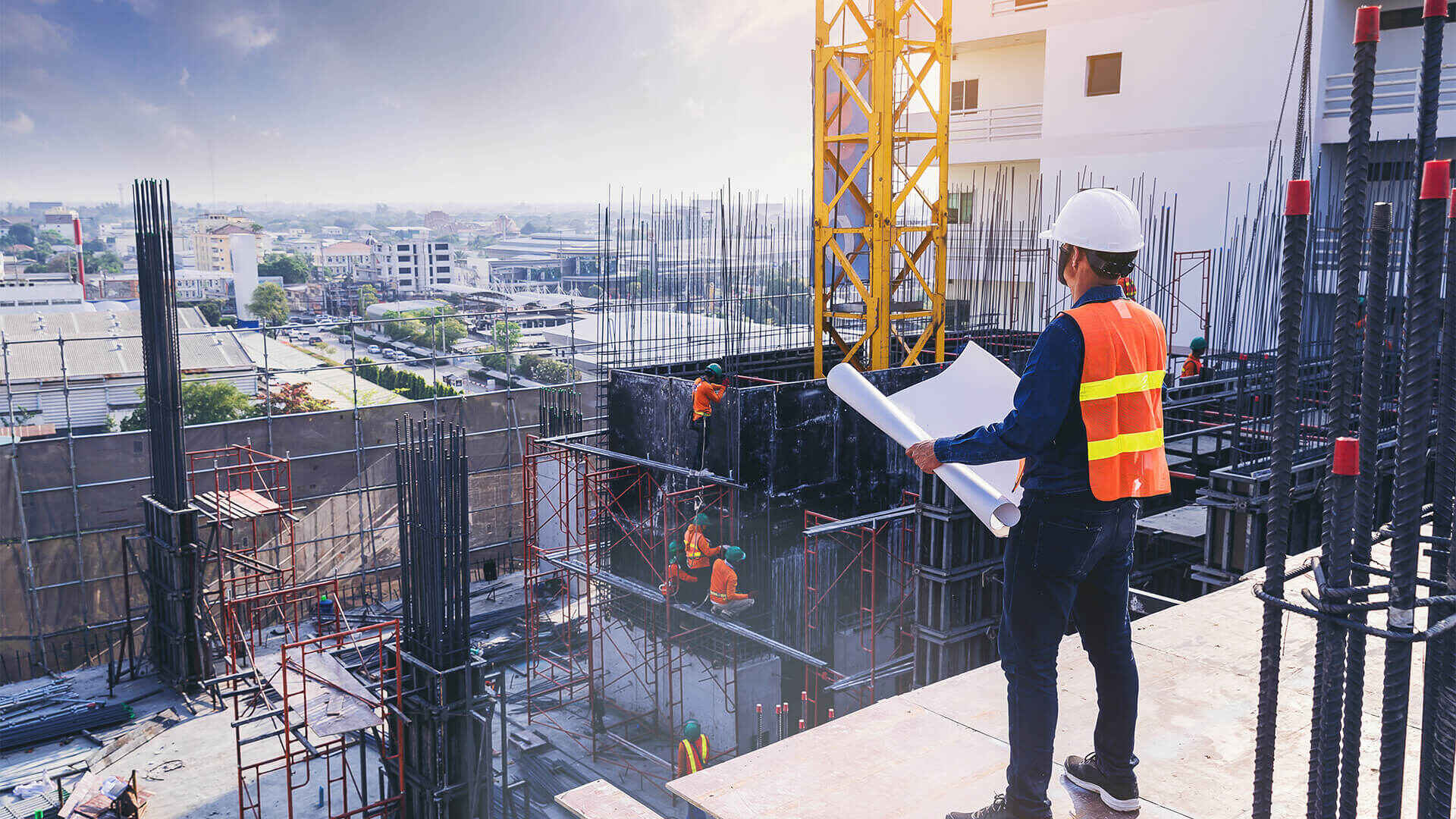
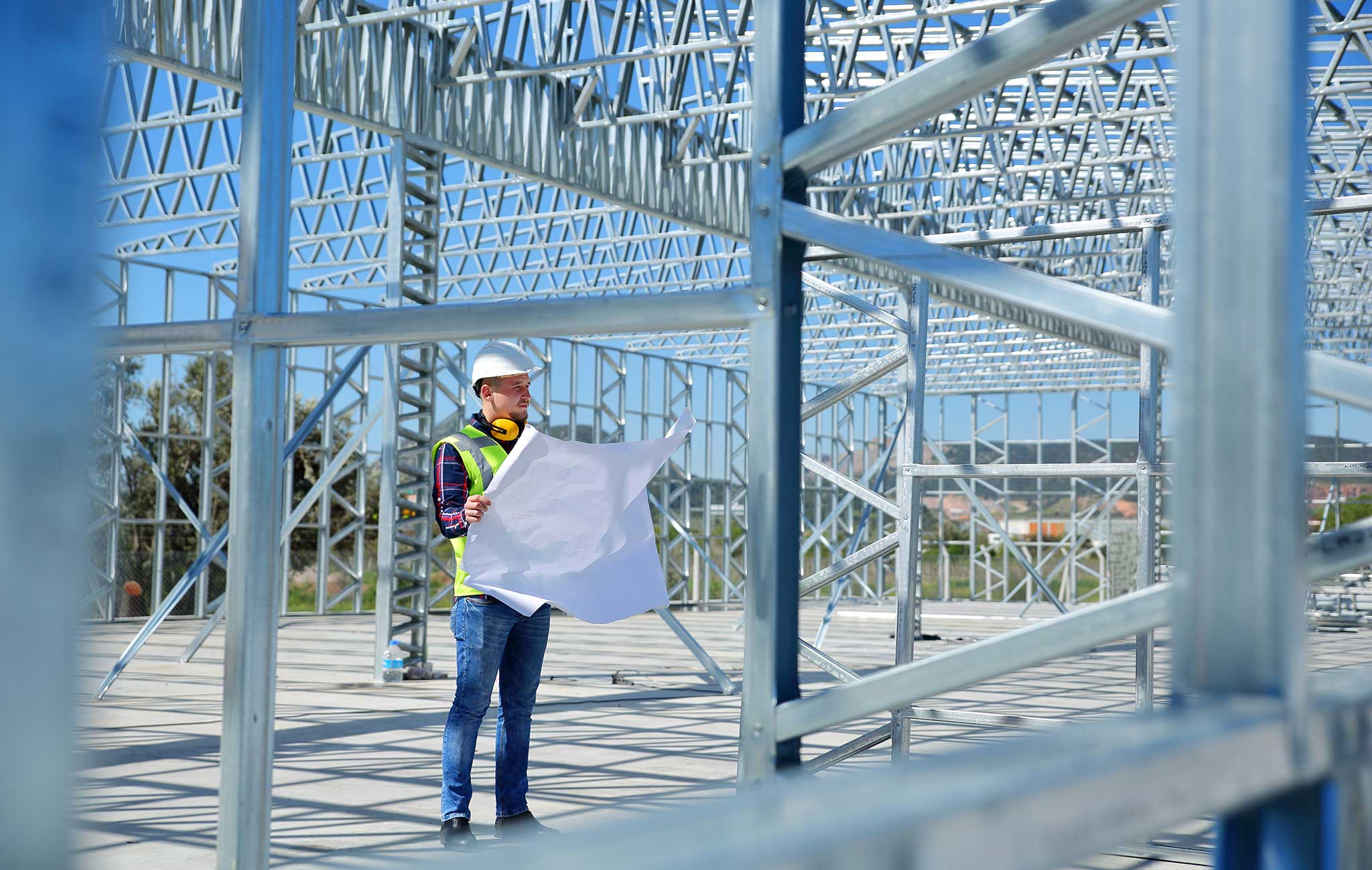
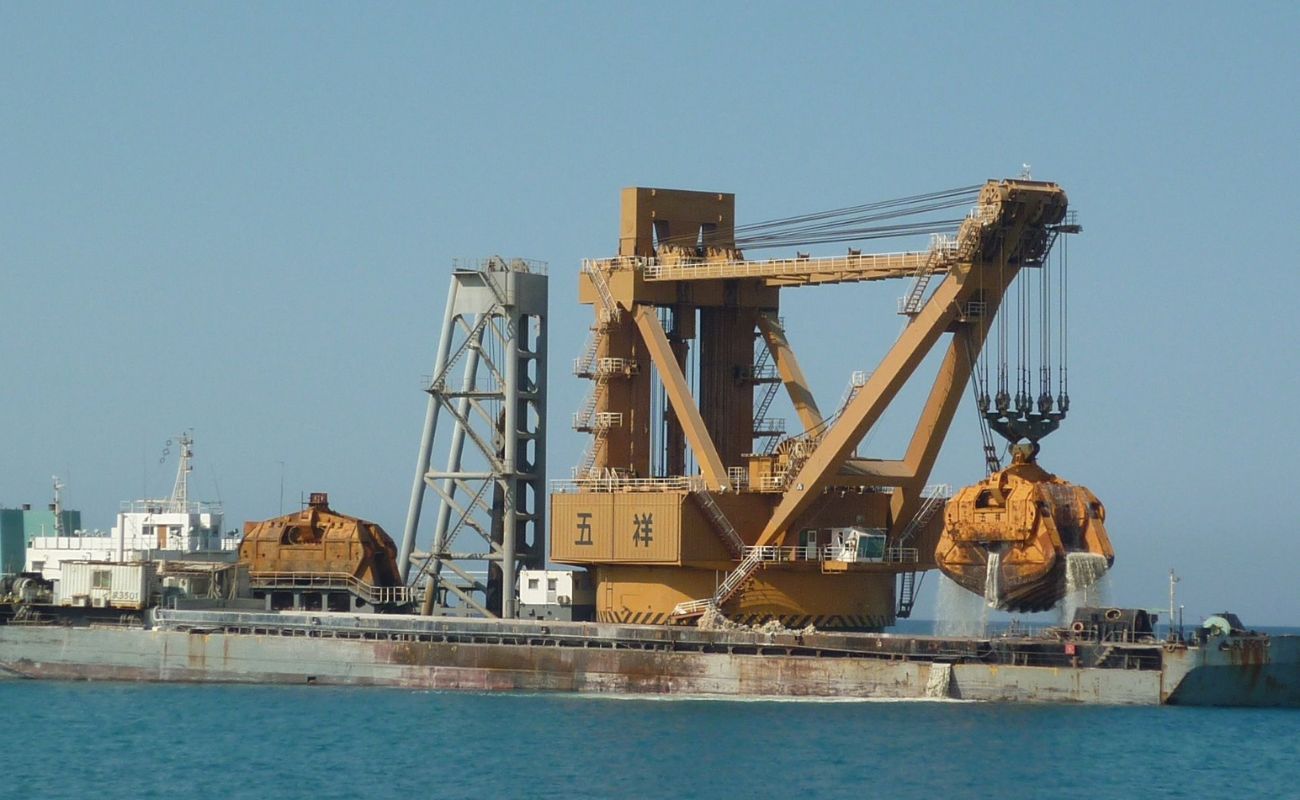


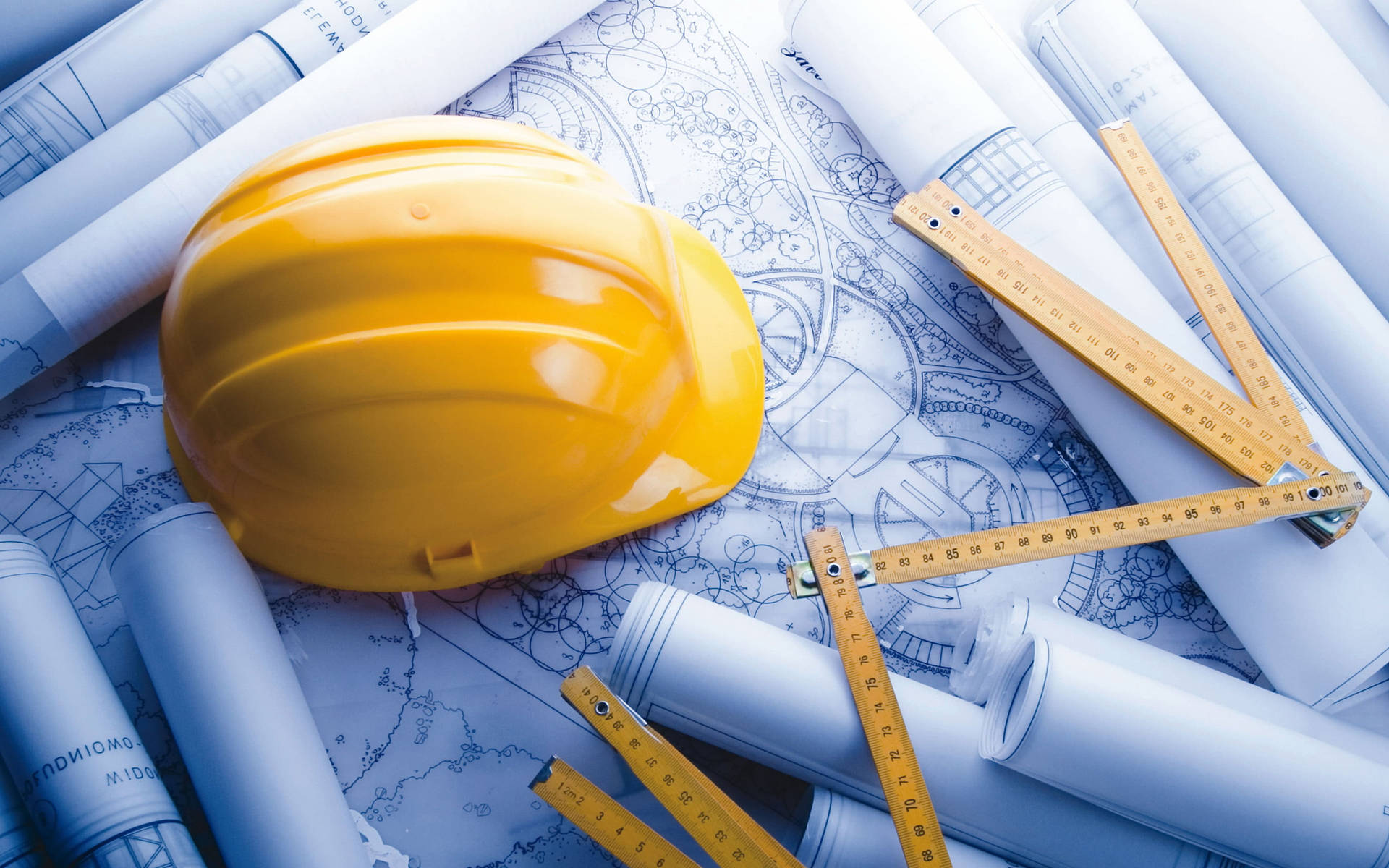
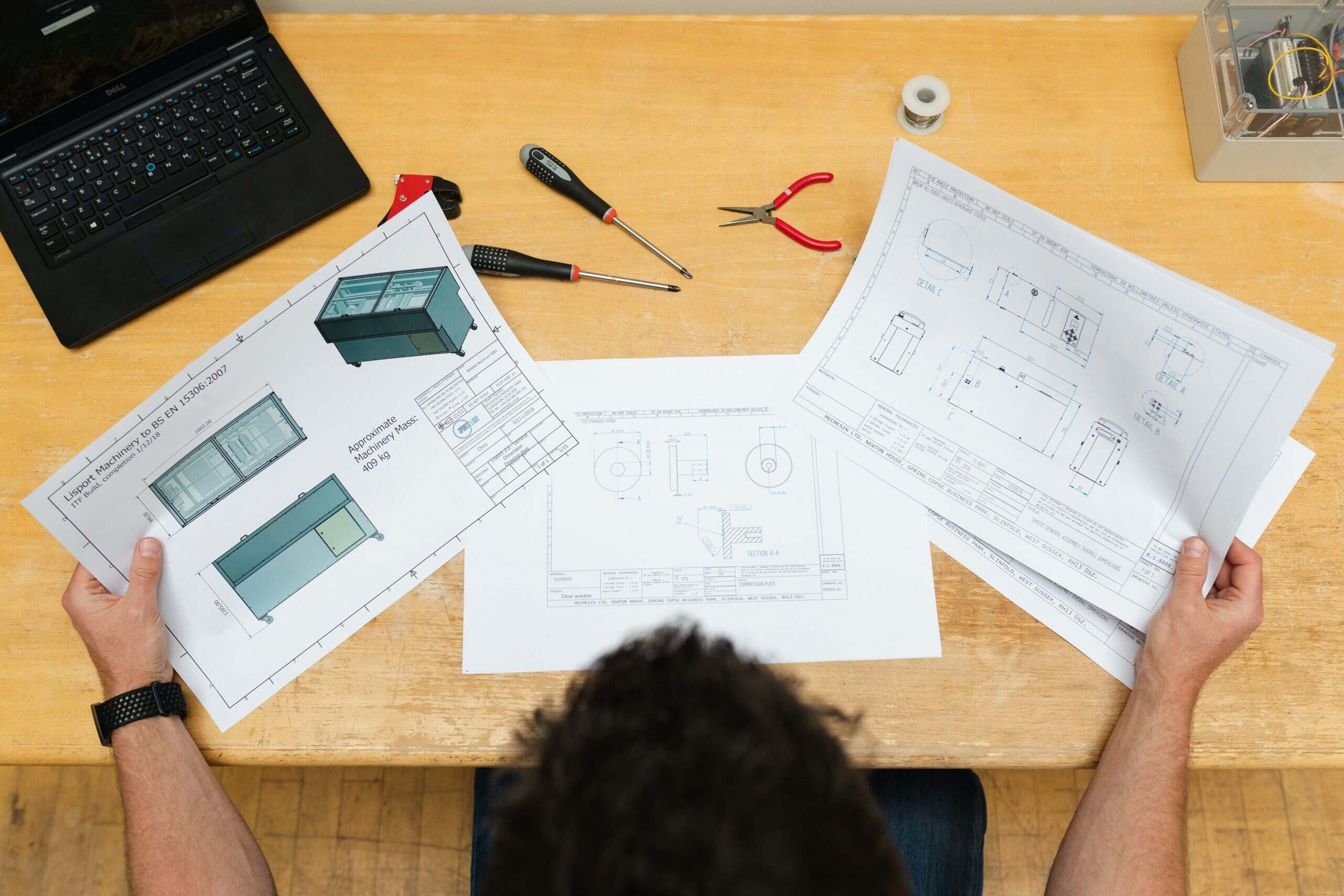
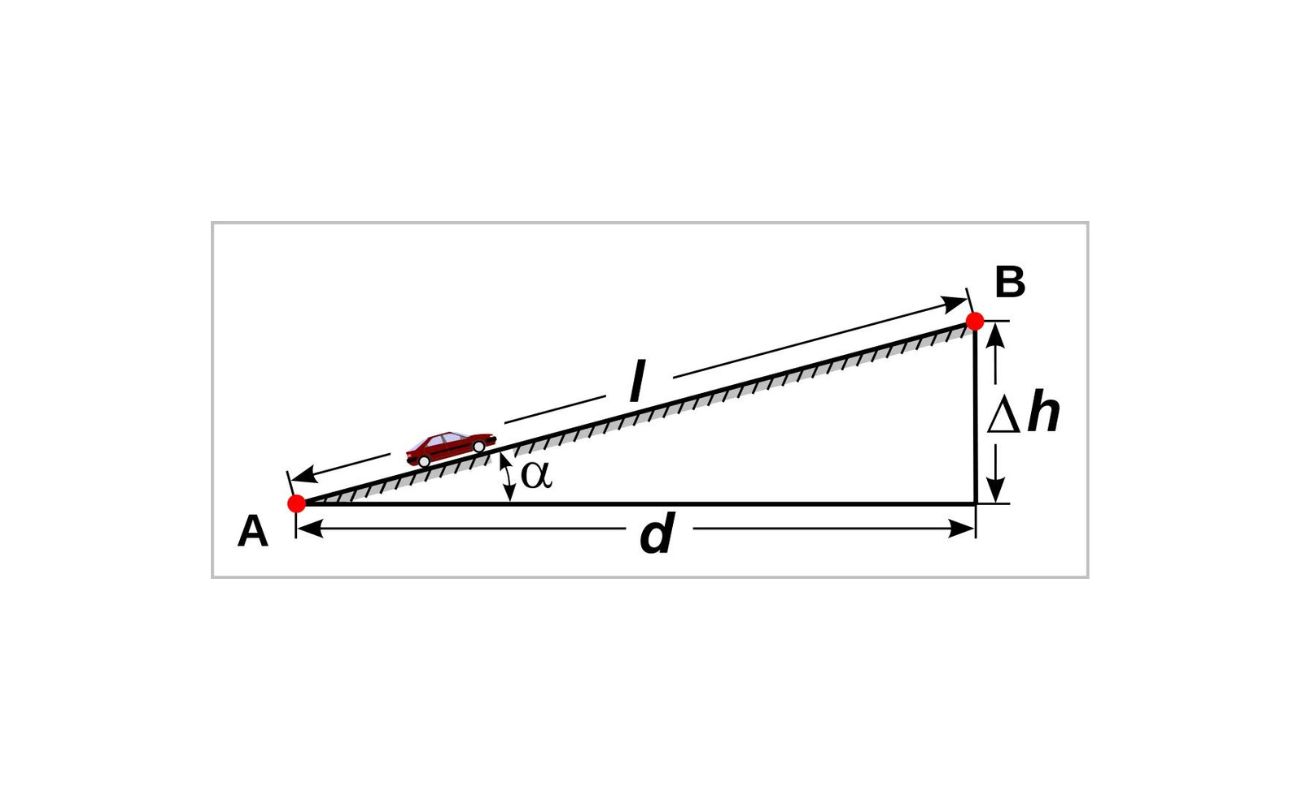


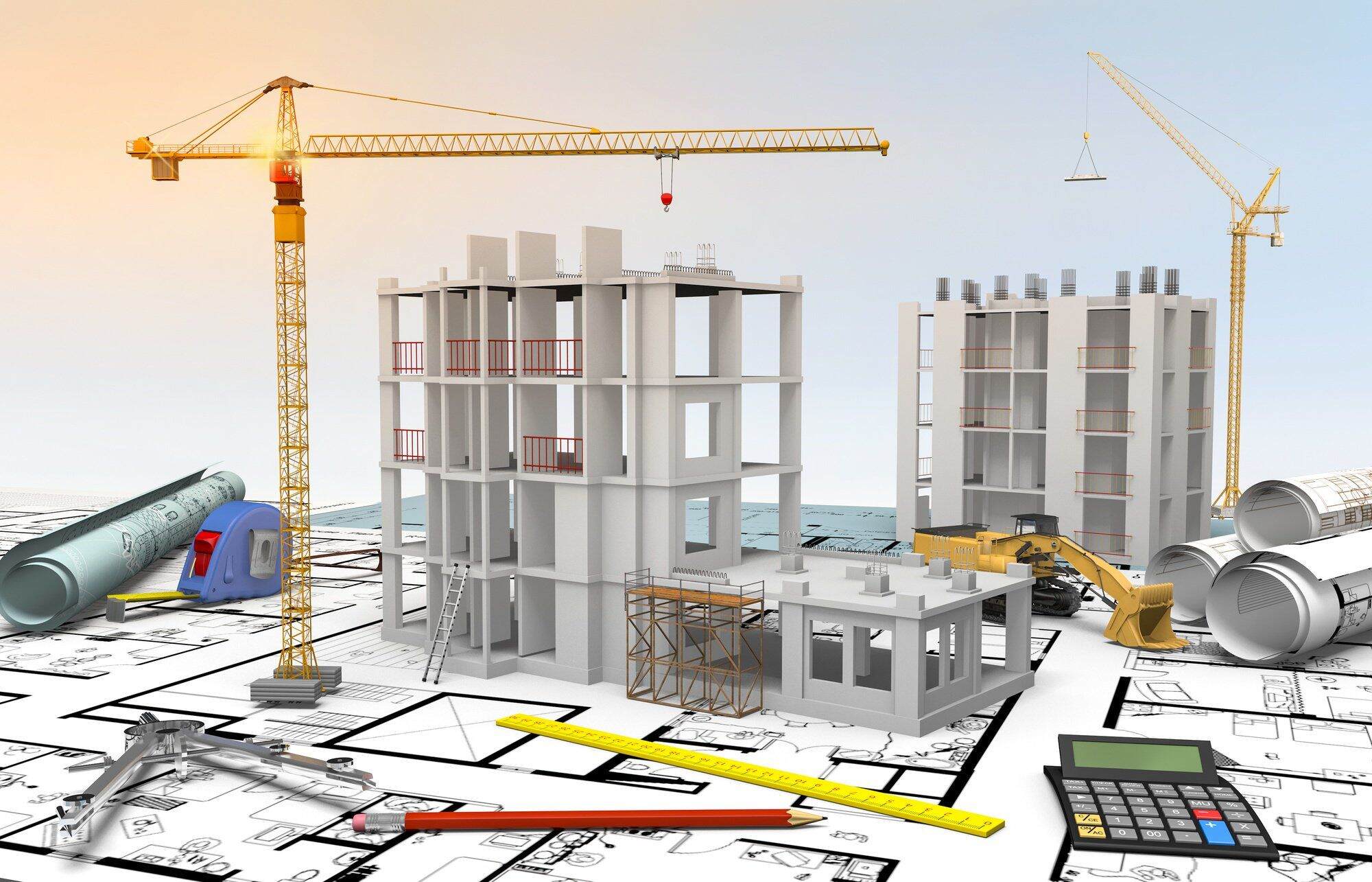





0 thoughts on “What Are Two Civil Engineering Projects Reconstructed During The Ming Dynasty?”